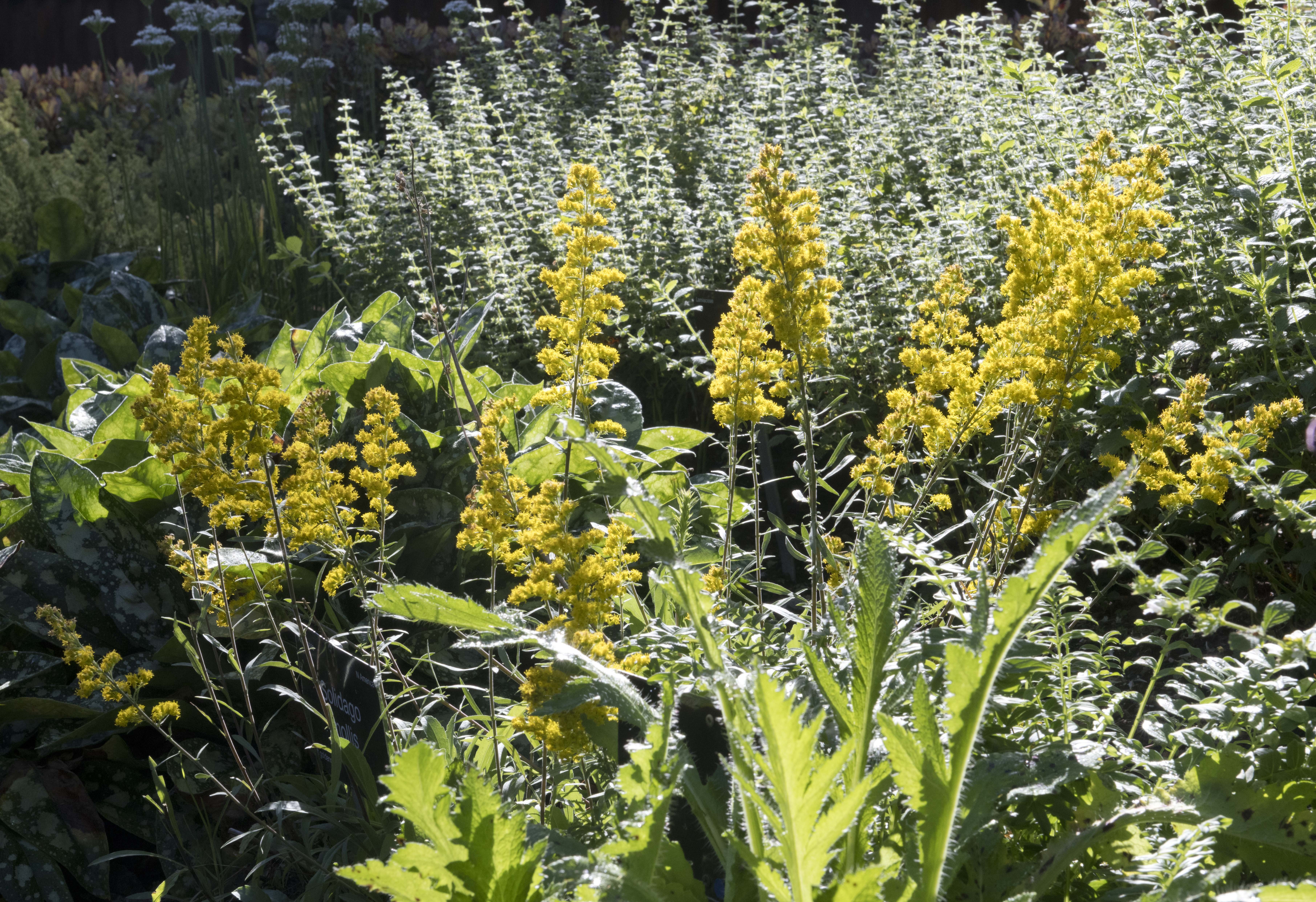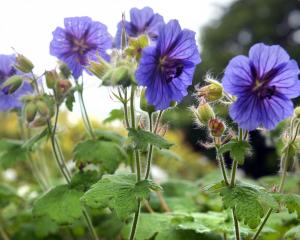
They are a diverse group of which a few kinds play havoc with many of our favourite ornamentals and are pretty revolting on our vegetables.
Let’s look at why they are so good at surviving and thriving.
A female aphid can lay eggs or produce live young, all without the help of a male counterpart.
A typical lifecycle involves wingless females, who produce female nymphs who may already be gravid. This process is known as ‘‘telescoping generations’’.
Aphids can ride out a poor winter as eggs and wait to hatch when conditions are good.
Usually in spring or autumn, winged aphids develop in some species to enable colonisation of plants nearby.
Aphids can pass through many generations per year and when their environment is favourable, they may only live for as long as 10 days.

Aphids release honeydew (aphid secretion), which is very sticky and encourages the subsequent growth of a fungi called black sooty mould.
In the herb garden of the Dunedin Botanic Garden, there is a range of companion plants that can help manage aphids naturally.
Some plants, like marigolds and garlic, repel aphids, while others, such as nasturtiums and mustard, attract them away from vegetables.
Plants like dill and yarrow draw in aphid-eating insects, such as ladybugs.
Garden Life is produced by Dunedin Botanic Garden. For further information contact Marianne Groothuis.












